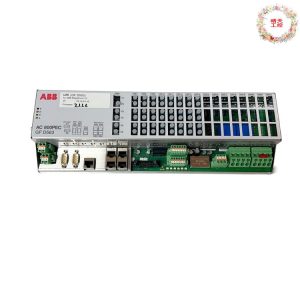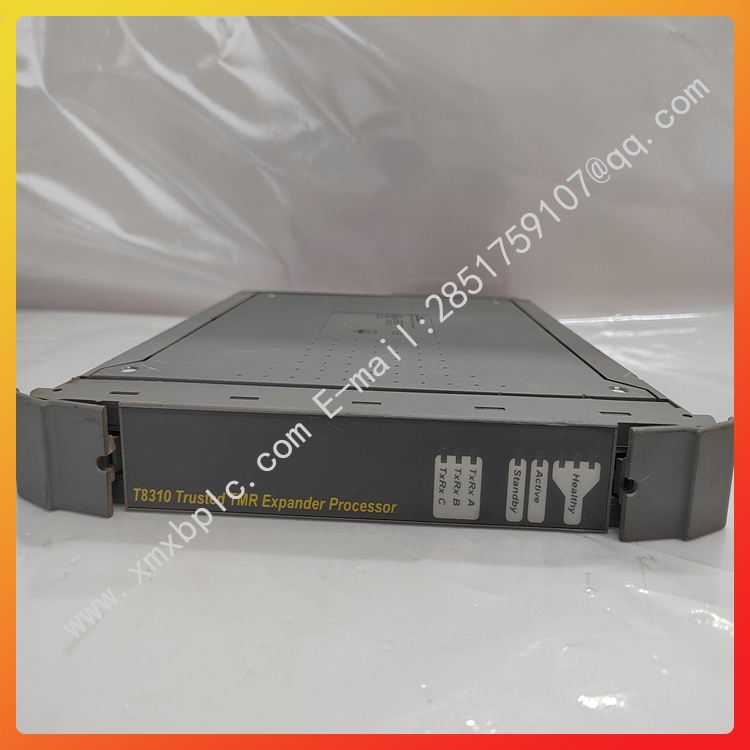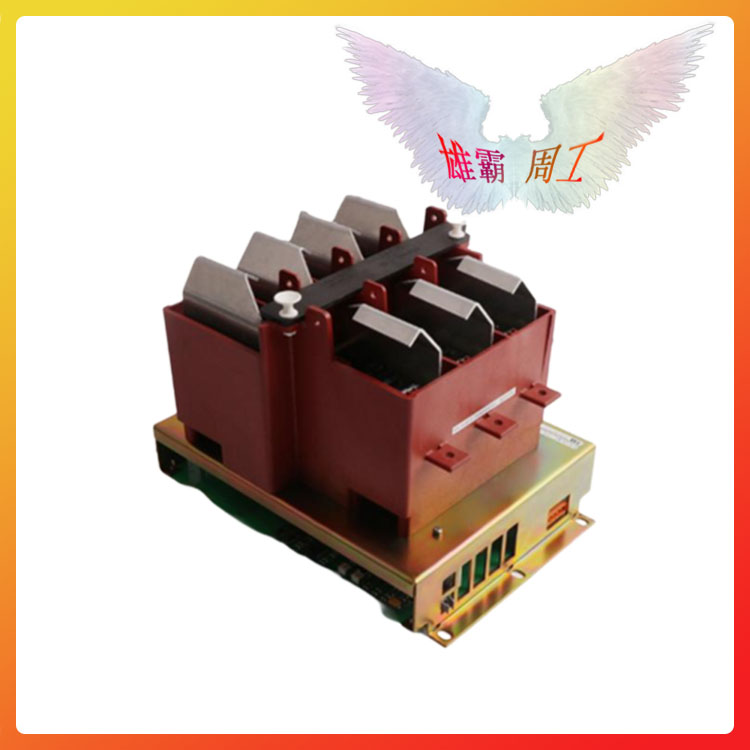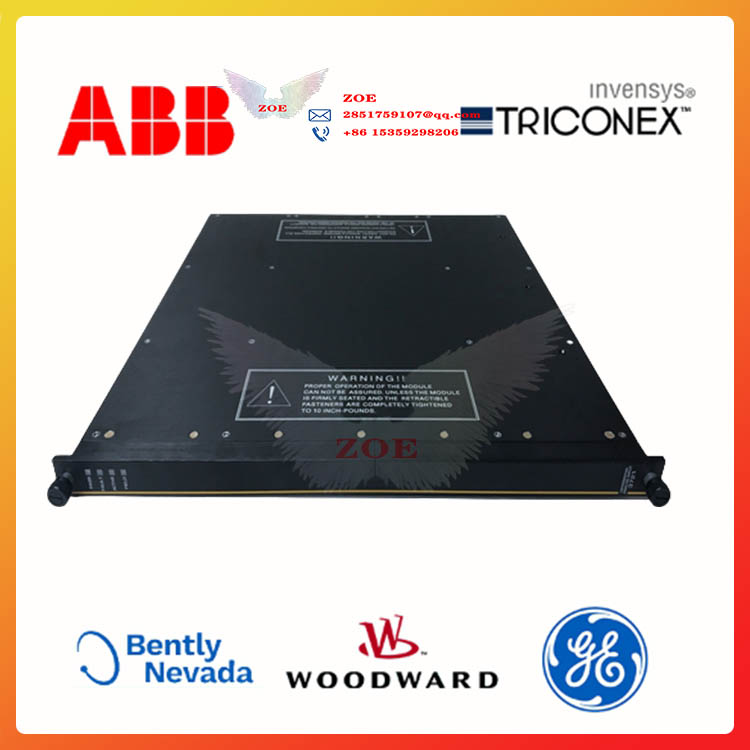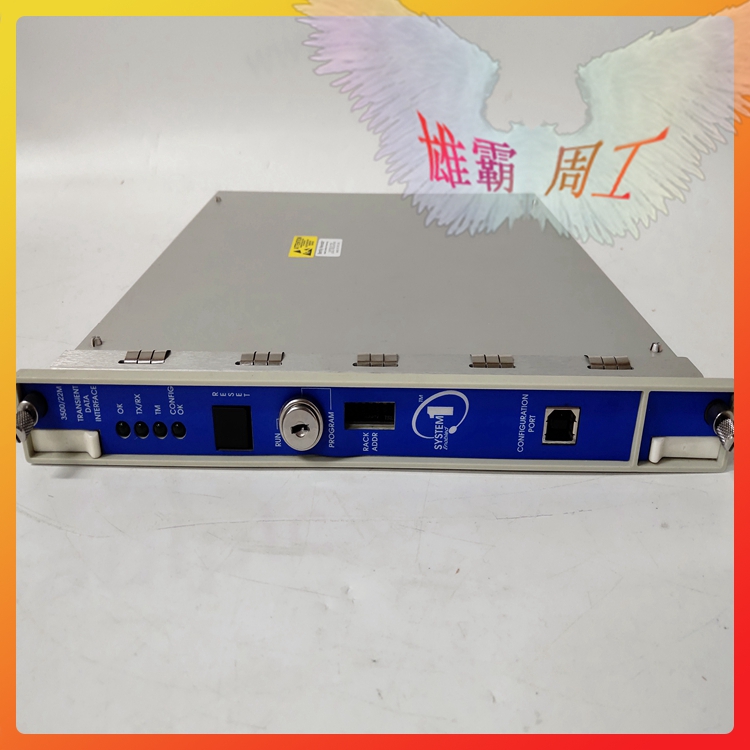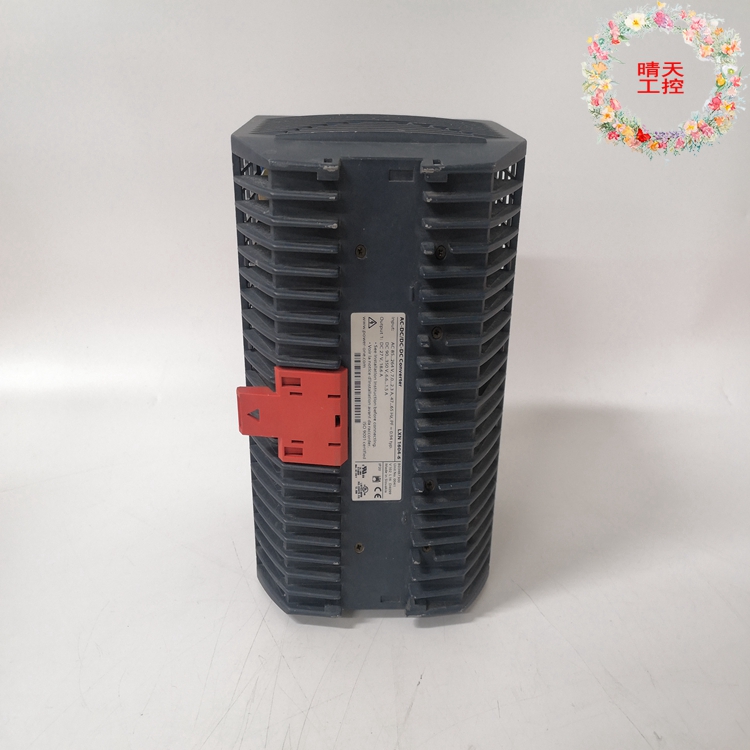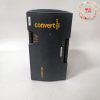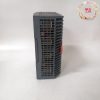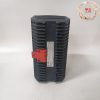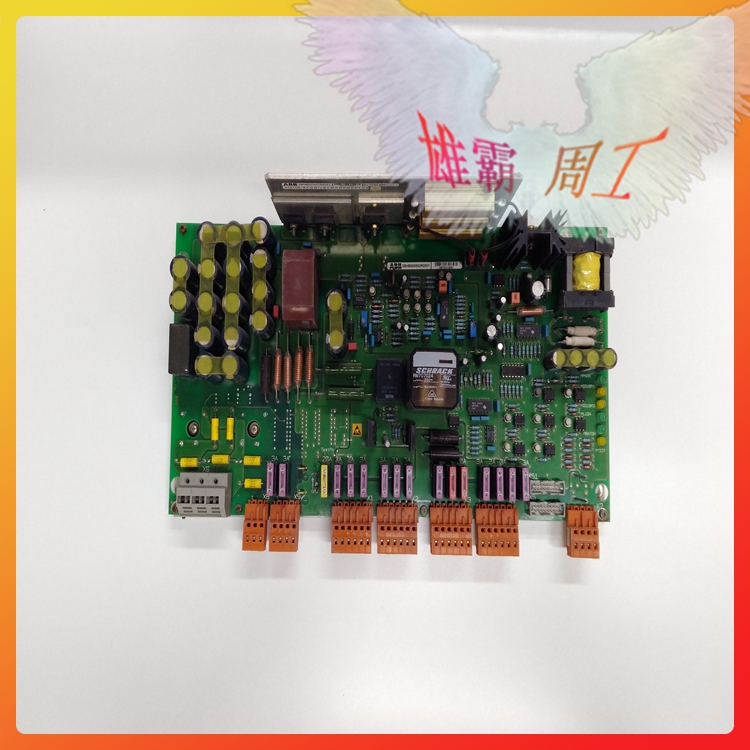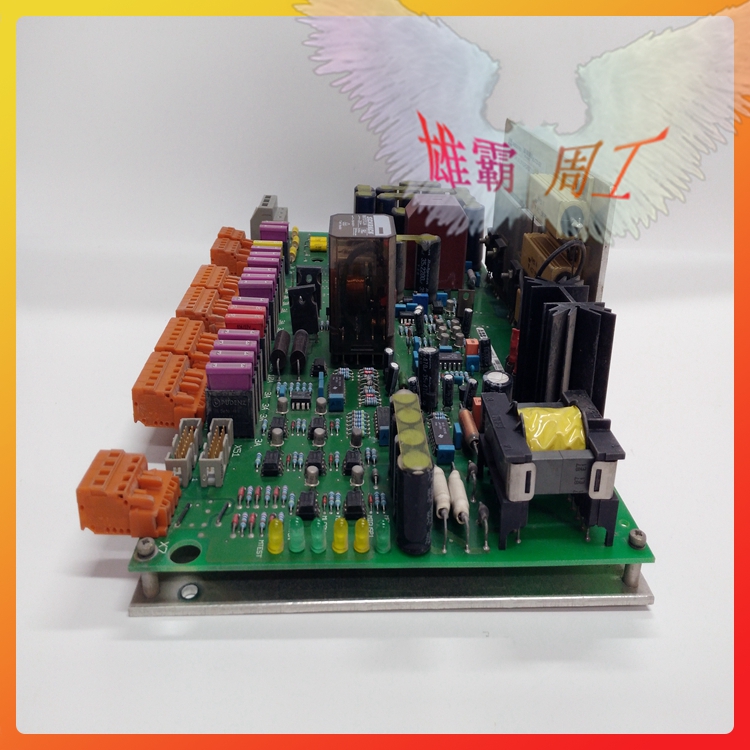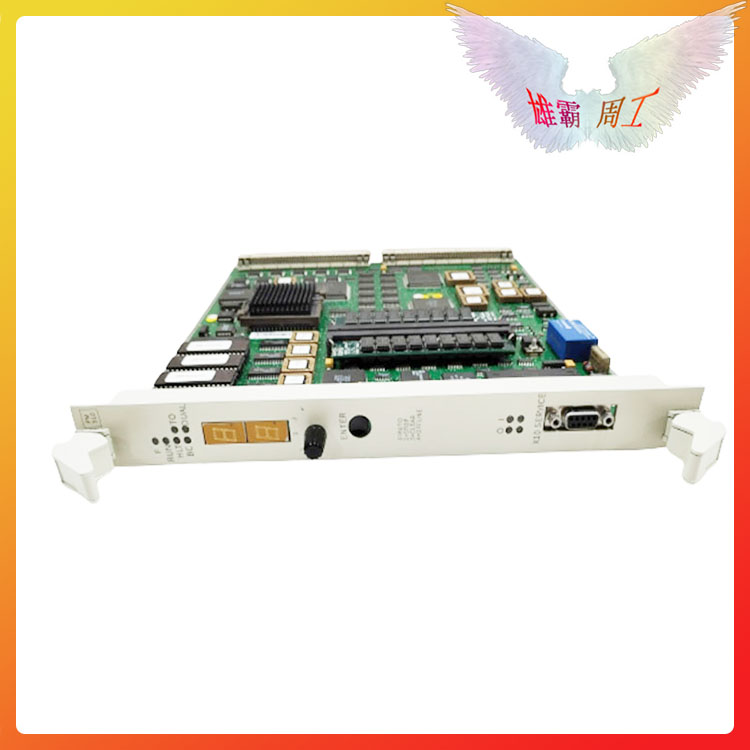3BHL000986P7001 ABB 5SHX1445H0001 IGCT High voltage frequency conversion module
Brand ABB Color Standard Application Industrial height 324mm rated current 360mA
Protection Level IP45 Suitable for motor power 266KW Applicable Site Power Industry BOM Number GJR2391500R1220 Power industry HIEE401782R0001 Part number 3BHL000986P7001 5SHX1445H0001
Applicable pipe 2 Whether imported is weighing 2.36 kg can be sold nationwide
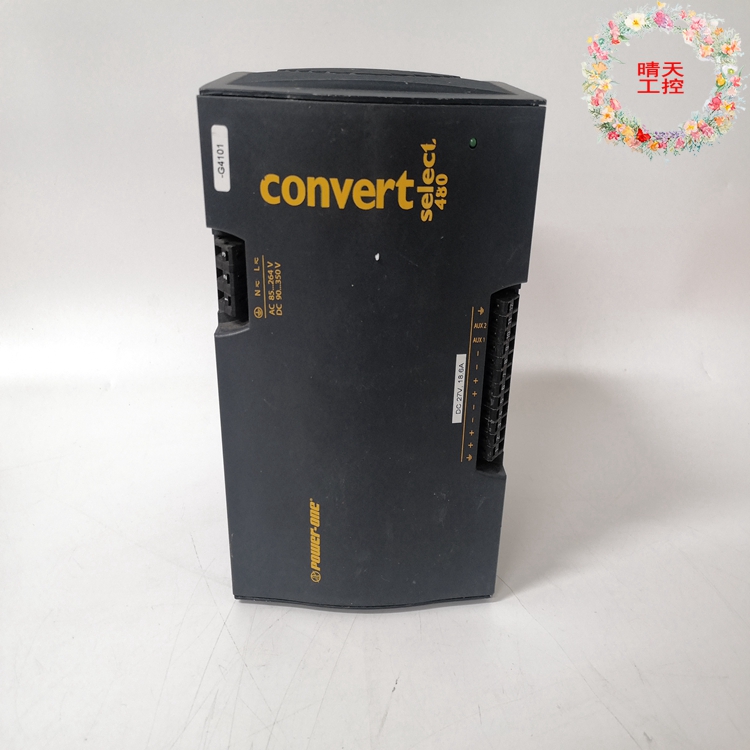
3BHL000986P7001 ABB 5SHX1445H0001 IGCT High voltage frequency conversion module
Compared with transformers and resistors, thyristor dimmers have completely different dimming mechanism, which uses phase control method to achieve voltage regulation or dimming. For the common reverse blocking thyristor, the thyristor will be switched on when the thyristor is combined with the positive anode voltage and the appropriate forward control voltage. This conduction is maintained even after the gate control voltage is removed, until the reverse anode voltage or anode current is added to be less than the thyristor’s own maintenance current. The common thyristor dimmer uses this characteristic of thyristor to realize frontier trigger phase control voltage regulation. At a certain time t1 (or a certain phase Angle wt1) after the sine wave AC crossing zero, a trigger pulse is added to the thyristor control pole to make the thyristor turn on. According to the thyristor switch characteristics described earlier, this turn on will be maintained until the end of the positive half cycle of the sine wave. Therefore, in the positive half cycle of the sine wave (that is, the 0~p interval), the 0~wt1 range thyristor is not on, and this range is called the control Angle, which is commonly represented by a; In the SCR conduction between wt1 and p, this range is called the conduction Angle, which is commonly represented by j. Similarly, in the negative half cycle of sine wave AC, a trigger pulse is applied to the other thyristor in the reverse connection (for two one-way thyristors in inverse parallel or bidirectional thyristors) at t2 time (that is, phase Angle wt2) to make it switched on. This cycle continues, controlling the conduction of the sine wave every half cycle to obtain the same conduction Angle. If the application time (or phase) of the trigger pulse is changed, the size of the conduction Angle j (or control Angle a) is changed. The higher the on-angle, the higher the output voltage of the dimmer, the brighter the light. PP886H 3BSE069297R1 From the above thyristor dimming principle, the output voltage waveform of the dimmer is no longer a sine wave, unless the dimmer is in a fully on-state, that is, the on-angle is 180° (or p). It is precisely because the sine wave is cut and the waveform is damaged, which will bring problems such as interference to the power grid…
Good dimming equipment should take the necessary measures to try to reduce the interference caused by the use of thyristor technology.
Key points of use of thyristor dimmer
First, the operating environment factors are the key influencing factors of this type of dimming equipment, before the purchase and installation, we need to test the installation environment of this type of equipment, and good corresponding power indicators, we must ensure that the selected dimmer equipment can be told to meet their daily needs in this respect.
Second, avoid installing the thyristor in a wet, direct sunlight place. And in the connection process, it is best to use the power cord provided by the original manufacturer, otherwise it may be due to the instability of current transmission, resulting in equipment failure.
Third, for the installation and operation of this type of equipment, we must carry out transposition thinking, and consider from the perspective of future use and maintenance to ensure that relevant operations can be easily carried out in the future.
Fourth, in the use of the process to avoid the dimmer around the heat source, water, more need to do the corresponding anti-corrosion, moistureproof measures. Whether it is installed or used, the operator should read the instructions well in advance, so that it can be used under the full understanding of this type of dimmer.
Fifth, adhere to do a good job of thyristor dimmer and operation of the installation environment of the dual cleaning and cleaning, dust prevention measures can also make the performance of this type of dimmer play more excellent.
Sixth, in the operation of such dimming equipment, PP886H 3BSE069297R1 if you find any abnormal phenomenon or fault problem, you must notify the maintenance personnel of the original manufacturer at the same time, do not disassemble
Maintenance of the optical equipment, otherwise it may cause greater failure, resulting in the direct scrapping of the dimmer.
Seventh, according to the use of such equipment, develop a perfect and effective maintenance program, and regularly use professional inspection equipment for dimming devices so good detection.
In the past two years, the rapid development of the LED industry has made the market demand for products such as thyristor dimmers gradually increase. I hope that through the above brief introduction, you can help you better understand the basic precautions in the installation and use of this type of dimming equipment.
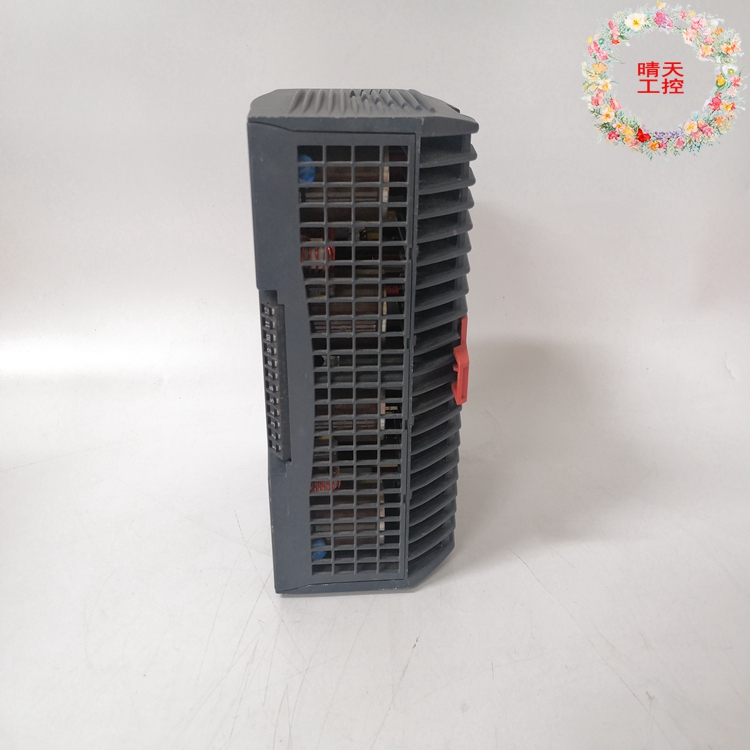
3BHL000986P7001 ABB 5SHX1445H0001 IGCT High voltage frequency conversion module
ABB RET650
ABB RK682011-BA
ABB SA801F
ABB SAFT183VMC
ABB SC510
ABB SK616001-A
ABB SNAT602TAC
ABB SNAT603CNT
ABB SNAT604IFS
ABB SNAT609TAI
ABB SNAT634PAC
ABB SPAD346C3
ABB SPBLK01
ABB SPBRC300
ABB SPDSI22

